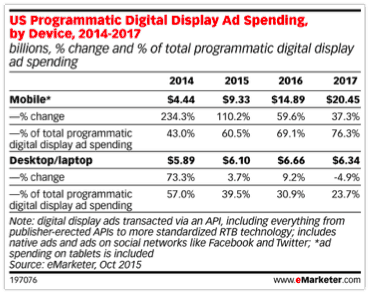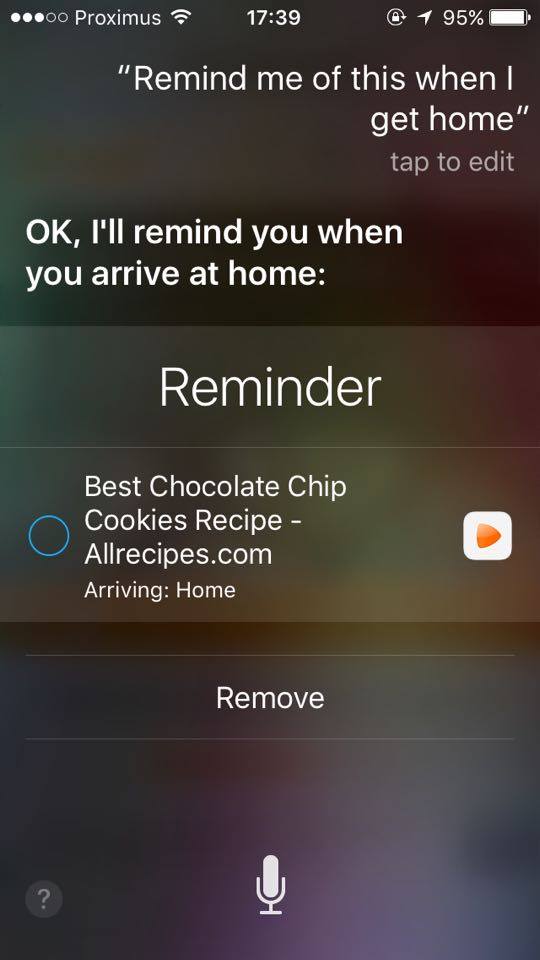A recent study by Localytics found that app users are increasingly demanding personalization. They don’t want the same, generic experience as the next person. App users are demanding more personalized content and messages, tailored to their specific behavior, location and intentions. What they want is to feel special. What they want is a relationship.
The truth is you are in a relationship with your players. And yes, it may seem like all they want to do is have fun, not appreciating how hard you work to provide for them. But if you can prove that you are trustworthy, you’ll earn their retained love and engagement.
How do you build trust with your players? A good place to start is through honesty, respect, empathy and communication. Just be careful: Once lost, it can be difficult to earn back.






